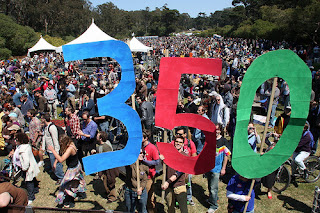Not Created Equal
A one GWe nuclear power plant operating at 85% capacity factor produces annually 7.45 TWh.
Thus, some people believe that a solar PV farm producing this same amount of energy on an annual basis can replace the nuclear power plant.
This is not correct.
Nuclear power plants for the most part operate 24/7 and thus produce reliable base load power you can count with.
Solar PV farms produce continually varying output during the day and nothing at all during the night.
Also, in most places there is significant variation in solar insolation throughout the year. And the lower levels might actually coincide with the times of year when the most electricity is needed. As an example, here we have the insolation data for Berlin, Germany:
The variation between July and December is 10 to 1. Plus, Germany usually needs the most electricity in the dead of winter.
Thus, solar PV does not replace nuclear capacity (or any other capacity), it just displaces energy from reliable producers in a semi-random fashion. (Nothing at night and a variable amount during the day).
If the grid cannot absorb the solar electricity in full at any particular moment, then it has to be dumped into neighboring countries. This energy is usually not very valuable and may even require negative prices to be disposed of. If neighboring countries refuse these energy dumps then solar capacity might just have to be curtailed (further reducing its already relatively low capacity factor).
Bottom line: solar PV for the most part does not replace installed capacity of reliable producers and just ends up being duplicated investment producing energy when it may not be particularly needed.
It could be argued the output of wind turbines (years in advance) is even less predictable, and thus less valuable, than that of solar PV.
Feel free to add to the conversation in Twitter: @luisbaram





Comments